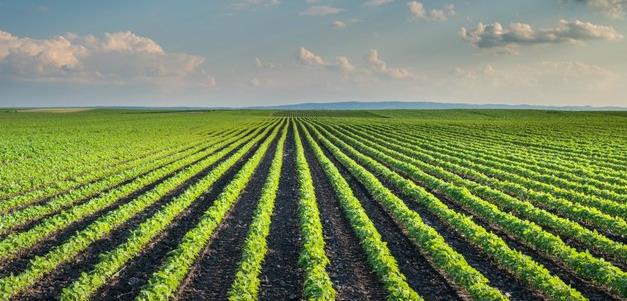Dicamba use under consideration for the 2019 growing season
by November 29, 2018 8:18 pm 427 views

The Pesticide Committee of the Arkansas Agriculture Department’s State Plant Board approved a draft regulation for dicamba applications earlier this week. If approved by the full board, it will allow limited use with buffer zones up to June 15, according to the Arkansas Agriculture Department.
This proposed regulation would allow for post-emergence applications on dicamba-tolerant crops from April 16 to June 15 with a one-mile buffer zone for university and USDA research stations, organic crops, and commercially-grown specialty crops. The committee’s recommendation also stipulates that from May 20 to June 15, there will be a quarter-mile buffer zone for all non-dicamba tolerant crops and all sensitive areas.
The committee also discussed training related to applying dicamba and the enforcement and fines associated with misuse. The Arkansas State Plant Board is scheduled to meet Dec. 6 to review the draft regulation.
Dicamba use has been a controversial topic in Arkansas for several years. It was banned during the 2018 growing season after many problems during the 2017 season.
ASPB made the decision to ban dicamba after it received about 1,000 damage complaints in May, 2017, primarily in Northeast Arkansas, potentially caused from dicamba drift. The decision was highly controversial, but the board decided the risks were too significant. Dicamba is a weed control herbicide, but it has been suspected of causing damage to other crops. ASPB, which investigates and reviews complaints, enacted higher fines on improper dicamba applications meant to serve as a significant deterrent to potential violators.
Dicamba has been banned in several states. Dicamba has been used as an herbicide for more than 50 years to manage 200 broad leaf weeds. It is a Weed Science Society of America Group 4 synthetic auxin – a plant hormone that causes plants to exhibit uncontrolled growth, according to the University of Arkansas. It is more volatile in warmer climates.
Scientists theorized dicamba was drifting into adjacent crop fields, gardens, and other places. Misapplications, weather conditions, or some other unknown factors may have caused the alleged drift. Tests proved the new formulations were less volatile than older ones, but there was still volatility, and it could last up to 36 hours after it was sprayed. Dicamba can attach to dust particles, meaning it can travel much further from target sites than previously thought.
Some additives enhanced the volatility. Ammonium sulfate and glufosinate increase the damage capabilities of dicamba. Researchers found damage could spread up to 220 feet away from an application site, nearly double the buffer distance the Environmental Protection Agency requires between dicamba and non-dicamba fields. Tests showed that if the wind blew in one direction for several hours, drift could cause damage on adjacent fields and then if the wind changed hours later, the same amount of damage would be caused there.
